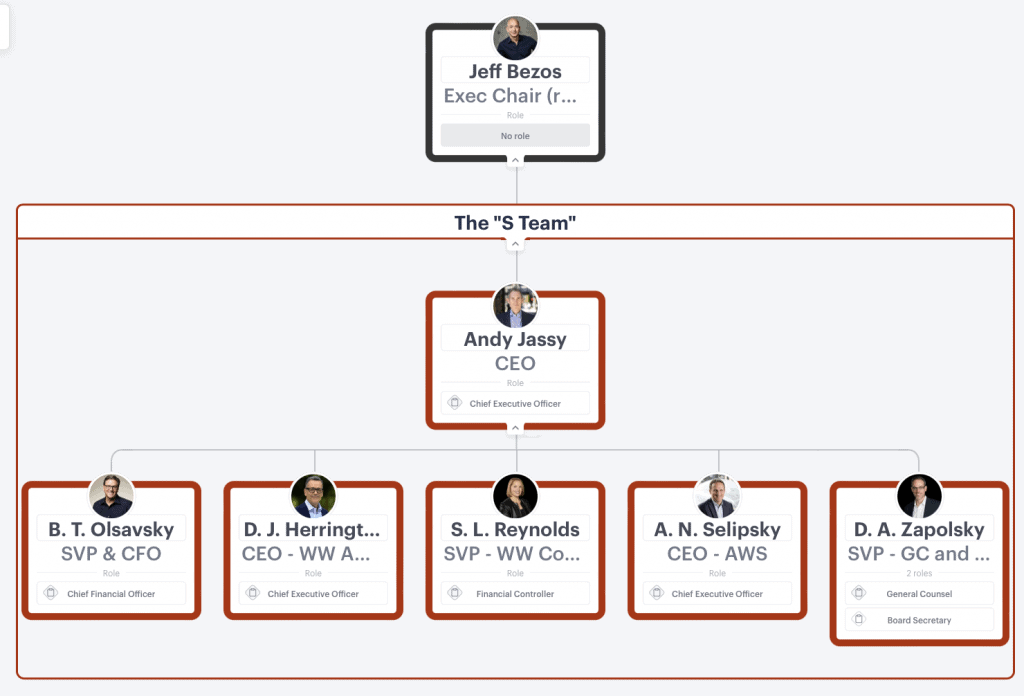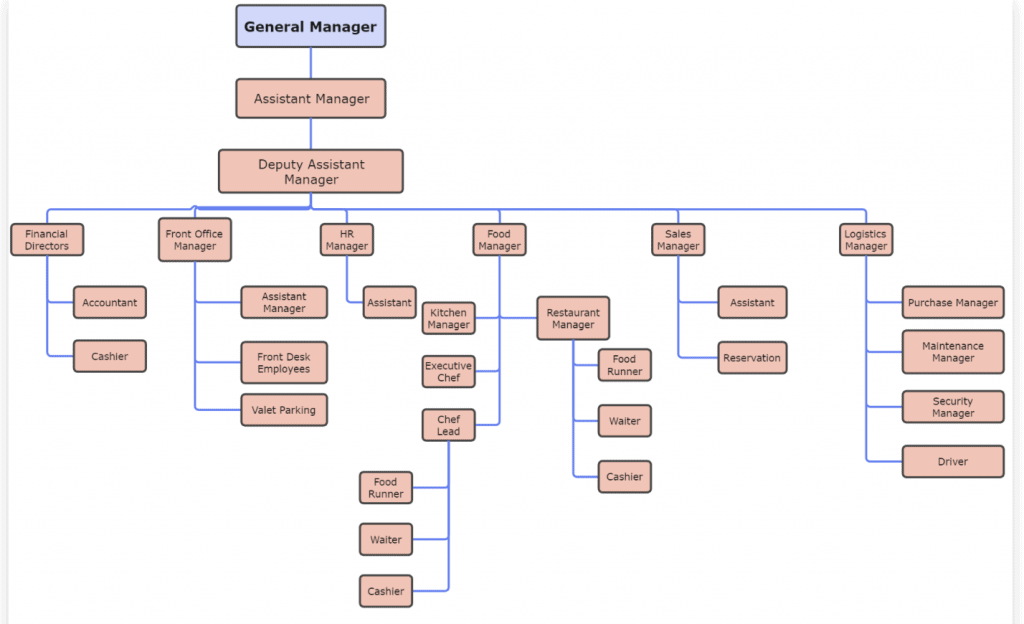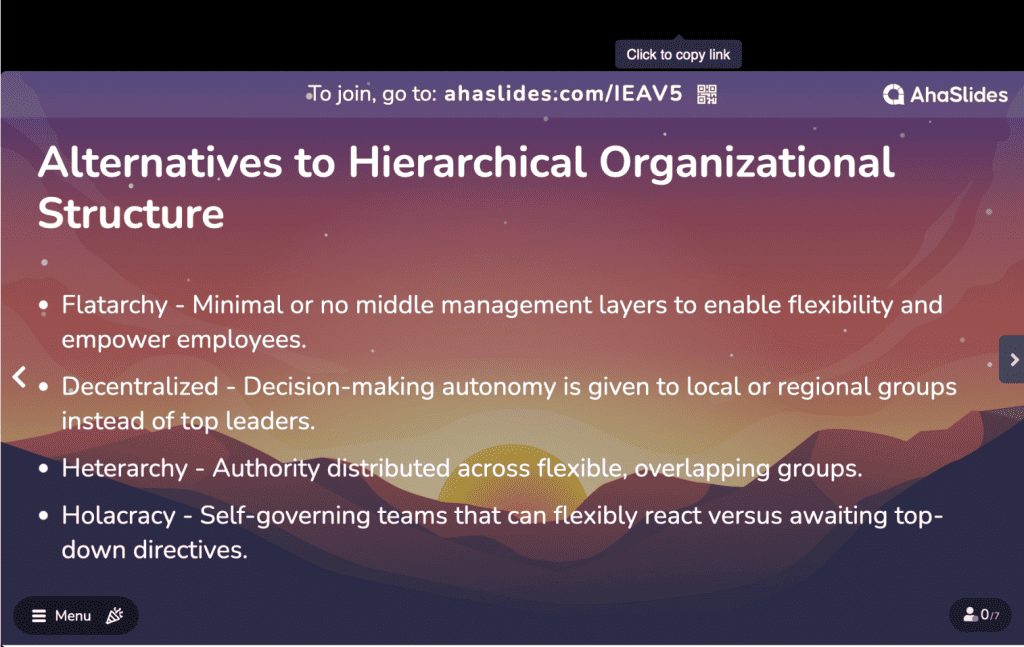Since ancient times, human civilizations have organized themselves into hierarchical systems of power and authority, with power held by kings, lords, and priests. This set the foundation of the hierarchical organizational structure in modern days.
Fast forward to today, and hierarchies remain entrenched in how we work and organize - from governments to schools to modern corporations. Multiple lines of management form a pyramid of prestige and status, with an influence concentrated at the center of management. The question is, in this era and for the next decades, is the hierarchical organizational structure still an optimal model? Or should we move forward with a post-hierarchical paradigm?
This article will examine the peaks and valleys of hierarchical organization structure design - delving into origins and attributes, pros and cons, examples, and strategies to balance central oversight with local empowerment. While hierarchies may be deeply embedded in human social instincts, the most effective restructure is the blend of focused leadership with flexible autonomy within the hierarchical organizational management.

Table of Contents
- What is Hierarchical Organizational Structure?
- The Pros and Cons of Hierarchical Organizational Structure
- Hierarchical Organizational Structure Examples
- Alternatives to Hierarchy - Heterarchical and Holacratic Approach
- Optimizing Hierarchical Organizational Structure and Culture
- Final Thoughts
- Frequently Asked Questions
What is Hierarchical Organizational Structure?
This part features the nuts and bolts of the Hierarchical management system. At its core, a hierarchical organizational structure consists of tiered levels of management and authority. The characteristics are fully described below:
- Stratified levels with designated powers: For example, a typical corporation may have entry-level employees at the bottom, then supervisors/team leads, followed by department heads, directors, vice presidents, and the CEO at the top. Each level of managers wields greater authority to set policies, make decisions, and direct the work of subordinates.
- Precise reporting lines: Lower levels of employees are responsible for reporting up to the higher level beyond them in a pyramid formation. The chain of command and span of control is clearly delineated. This enables direct accountability and oversight.
- The top-down flow of directives: Strategies and directives originate from the executive leadership at the peak of the hierarchy and flow down through the successive levels below. This facilitates an alignment on common goals.
- Vertical communication channels: Information typically moves up and down on the different tiers in the hierarchy, with limited crossover between siloed departments. The organizational pyramid might initiate barriers to horizontal communication.

The Pros and Cons of Hierarchical Organizational Structure
The right organizational structure ensures the health and performance of organizational “organisms” as they grow and adapt to changing conditions. Thus it is important to understand the hierarchical structure's strengths and weaknesses.
| Advantages | Disadvantages |
Hierarchical Organizational Structure Examples
Hierarchical organizational structure examples are common nowadays, especially for giant corporations or multi-national company chains when it comes to managing millions of employees, product lines, and markets.
1/ Amazon
Amazon predominantly follows a hierarchical organizational structure. It is quite obvious that there is no better way for the company to manage its diverse number of employees and rapidly expanding market reach than this type of organization design. The flat organizational structure was no longer productive to address the sophistication and scale of the company’s operations. Amazon has over a million employees and operations in various business areas across many regions and applying a hierarchical structure can facilitate comprehensive top-down control over global e-commerce operations.

2. Nike
Another example is Nike, which is a combination of a hierarchical organizational structure and a divisional structure. It is formed from three elements including Global Headquarters, Regional Headquarters, and Subsidiaries, which aim to maintain a globalized approach to managing its business while ensuring regional control. While employees face multiple reporting lines and responsibilities, they are well aware of what is anticipated from them by their supervisors. At the top, major decisions about the company’s business operations are made from headquarters, from market research to product development, and passed down to the Regional Headquarters and Subsidiaries to oversee the market.
3. Hotel Industry
The hotel industry is a common example of a hierarchical organizational structure, regardless of its size. With customer-centric, each department is clearly set with a straightforward list of responsibilities and roles, to ensure everything is running smoothly, and multiple lines of management are always available to help execute and handle any problems if required. It is because having more supervisors and managers within the department is beneficial when there is more flexibility for the department to manage and reduce dependence on one individual manager.

Alternatives to Hierarchy - Heterarchical and Holacratic Approach
Frustration with hierarchical downsides has led some organizations to explore alternative structures. Here are some of the best approaches to consider:

- Flatarchy - Minimal or no middle management layers to enable flexibility and empower employees. Can risk confusion, though, from undefined roles.
- Decentralized - Decision-making autonomy is given to local or regional groups instead of top leaders. Fosters responsiveness but requires trust.
- Heterarchy - Authority is distributed across flexible, overlapping groups. Adaptable lateral connections over rigid vertical ones.
- Holacracy - Self-governing teams that can flexibly react versus awaiting top-down directives. However, accountability can become diffused.
Optimizing Hierarchical Organizational Structure and Culture
Not all companies are suitable for this type of structure. While it is difficult to eliminate hierarchy entirely, organizations can take steps to optimize the model:
- Loosen bureaucracy - Cut redundant approval steps and excessive formal policies. Empower people to interpret rules flexibly.
- Widen spans of control - Reduce layered management while expanding frontline supervision for balanced autonomy and oversight.
- Decentralize some decisions - Allow latitude for local or team-level decision-making to enable agility and initiative.
- Open vertical communication - Encourage input to flow up the hierarchy and make sure the leader's message cascades down clearly.
- Build lateral connections - Facilitate collaboration, knowledge transfer, and networking across silos.
- Flatten where possible - Eliminate unnecessary hierarchy that hinders rather than helps productivity and innovation.
Final Thoughts
Hierarchical organizational structures are somehow efficient, but note that the balance of forces between control and flexibility is important as well. Without thoughtful implementation, hierarchies might fail to maintain clarity, specialization, and coordination among all departments and roles while increasing rigidity, divided silos, and authoritarian tendencies.
Frequently Asked Questions
More questions about organizational structure? We've got your best answers.
What is an example of a hierarchical organizational structure?
A hierarchical organizational structure is exemplified by a traditional company org chart with multiple tiers of management. For example, a corporate pyramid structure starts with the CEO at the top, followed by other C-suite executives, divisional leaders, department managers, and finally frontline employees at the base.
What are the 4 main types of organizational structures?
The 4 primary types of organizational structures are:
1. Hierarchical structure: Authority flows vertically/top-down with clear chains of command.
2. Flat structure: Few or no levels of management between executives and frontline workers.
3. Matrix structure: Dual reporting lines with shared authority and cross-functional teams.
4. Network structure: Loose cluster of peer teams rather than a hierarchy of managers.
What are the 4 hierarchical levels found in tall organizational structures?
The 4 levels commonly found in tall hierarchical organizational structures are:
1. Executive level
2. Management level
3. Operational level
4. Frontline level
Why is hierarchical organizational structure important for companies?
A. Hierarchical structure provides centralized oversight, standardization, efficiency through division of labor, and clearly defined roles and responsibilities. The chain of command enables coordination and accountability.
What are the main advantages and disadvantages of a hierarchical organizational structure?
Advantages include efficiency, specialization, control, and predictability. Disadvantages include rigidity, limited agility, poor communication across silos, and employee disempowerment.
What is a hierarchical organization best defined as?
A hierarchical organization is best defined as one that has a pyramid-like authority structure with progressively more power and responsibility concentrated at the top leadership levels. Control and oversight flow from the top down.
Ref: Functionaly | Forbes | Indeed








